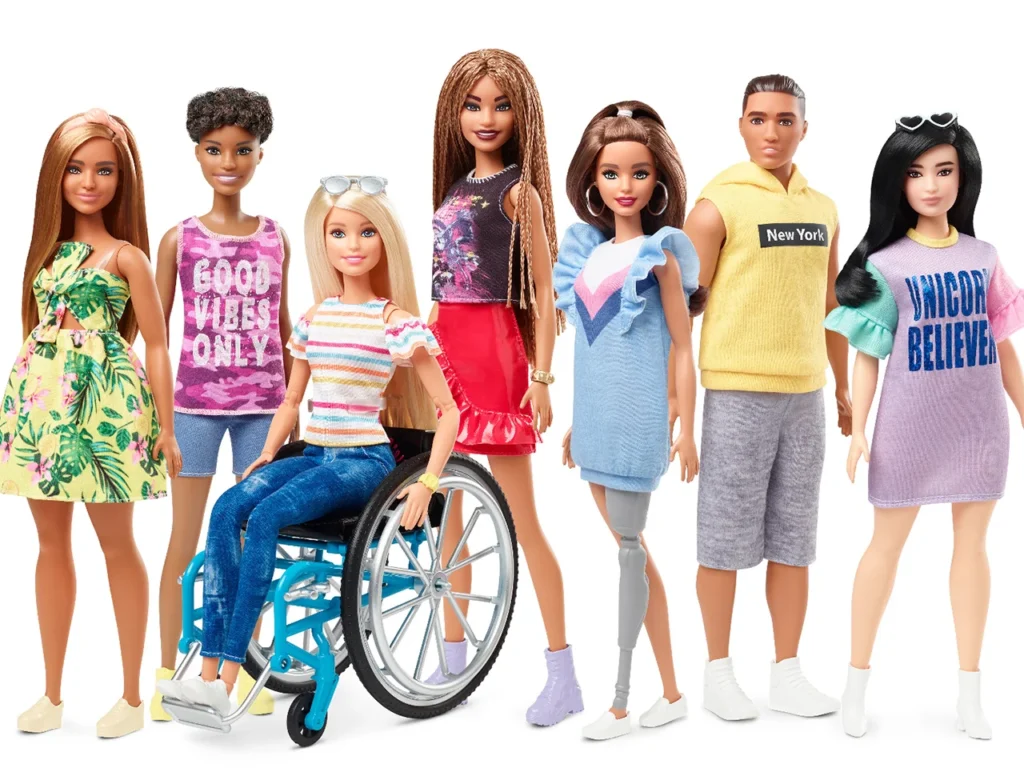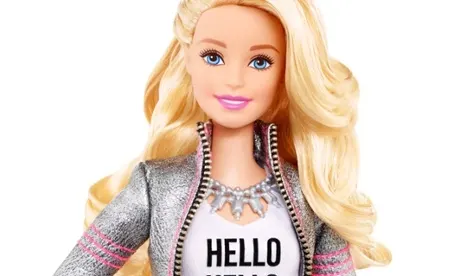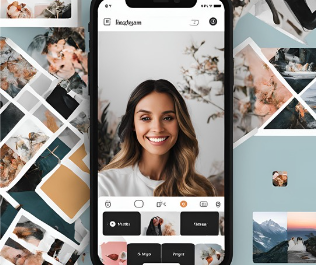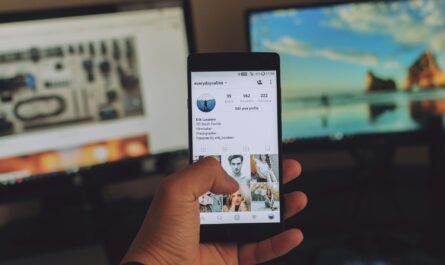By Isabella Barba
Legacy brand Barbie is established as the original influencer in the toy industry. With an influence spanning over 6 decades of consumers. Barbie has maintained relevance by adapting to new generations and continuing to inspire young girls to follow their dreams. How did they do it?
The brand was designed to be a toy that allowed young girls to imagine themselves in different roles and careers. Birthed in 1959, Barbie brought variety to the toys young girls were playing with. Instead of promoting motherhood, like most dolls of the era, Barbie was centered around her own career. Giving young girls the space to imagine their future selves.
Barbie has since grown into a toy giant and cultural icon. The global phenomenon has conquered media franchises, with a new Barbie themed movie equipped with A-List actors set to hit theaters this summer.
But how does Barbie do it? It’s not so simple. The brand has been criticized for promoting unrealistic body standards, leading to negative body image and self-esteem among young girls. There is no doubt that Barbie has had a heavy influence on body image and beauty standards. But Barbie listened to the criticism. The brand has evolved to reflect current societal changes and attitudes. This shift towards diversity and inclusion has maintained Barbie’s relevance today.

Barbie has introduced new dolls with a wider range of skin tones, hair textures and body types. As well as dolls that depict real-life inspirational figures such as Amelia Earhart, Frida Kahlo and Katherine Johnson. Barbie promotes girl power and encourages young girls to break gender stereotypes and pursue their passions. The doll herself has had many careers; including being an astronaut, teacher, doctor among more inspiring professions.
In 2018, the brand launched the Dream Gap Project, an ongoing global initiative that gives girls the resources and support they need to continue believing in themselves. This was launched following research showing that young girls begin to develop self-limiting beliefs and think they’re not as smart and capable as boys starting at the age of 5. This initiative partnered with UCLA’s Center for Scholars and Storytellers to develop a school curriculum and unique learning experience designed to help close the Dream Gap by “inspiring their limitless potential to learn, work and lead.” Some other Barbie philanthropic efforts include partnering with organizations like; Black Girls Who Code, She Should Run, NAACP, etc. Barbie’s efforts made outside the toy store have really cemented the brand as an advocate for social change and leads an example for companies to follow.
Connect with me on LinkedIn !



Hey Isabella! I really liked how you spoke about how Barbie changes as society changes. I think that media greatly impacts how Barbie changes and adapts to society’s standards. However, Barbie has unrealistic features that make young girls doubt their beauty. I feel like social media is having the same impact on girls today.
Hello Isabella,
I love the topic about Barbie! I almost forgot about it as it was a 2000’s gem for many children. I know they are coming out with the Barbie movie later this year starring Margot Robbie. It’s a musical and the story has a very similar idea to this passage. It’s about Barbie being expelled from Barbie land because she doesn’t meet beauty and body standards anymore. She goes off and finds out what makes her truly happy. It’s a musical movie so I’m assuming her new passion will be music. Back to the passage, I think social media has a huge influence on these dolls and they’re history as a toy brand. I do find it interesting yet smart that they rolled out dolls with different shapes and colors. I think this goes back to society today, being more accepting of race, diversity, and body positivity more than the 2000’s model type body. That period came with much grief and eating disorders which was not a good promotion to younger children.
Good job showing Barbie’s innovation as a brand!
Hi Isabella. This was a great read. This post was super engaging, and the topic was very fun but also important. As someone that was obsessed with Barbie growing up, it’s super cool to see how the brand has adapted over time. It is still a great toy for young girls but now everyone can feel represented when they play with a barbie doll. Barbie as a company is a great representation of how brands should act, and it’s cool to see that in action.